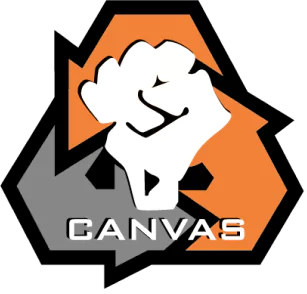Mar 8, 1985-1985
Bolivia
Anti-Siles Zuazo Strike
Share
ACTIVISTS/ACT.GROUPS/DESCRIPTION OF THE GROUP
Felipe Tapia and the Central Workers Union (COB); Bolivian labor organizations
TARGET
President Hernán Siles Zuazo
WIDELY HELD BELIEF
Workers deserve fair wages and working conditions.
CASE NARRATIVE
Issue and Opponent: On October 10, 1982, Bolivia had its first democratic election in 18 years with Hernán Siles Zuazo winning the presidency. The majority of his Congress was made up of opposition members which led to political tension and increasing pressure from the anti-communist agendas of the IMF and U.S. President Ronald Reagan. Bolivian labor organizations were heavily involved in the presidential election so they held ambitious goals for the new democracy. They wanted workers and labor representatives to hold leadership roles on company boards and government committees. In November 1983, the Bolivian government adopted a new economic package that resembled the neoliberal policies promoted by the U.S. This launched a series of strikes by the Central Workers Union (COB), calling for the removal of Siles Zuazo and demanding fair wages to combat the hyperinflation in the country. In March 1985, the COB, Felipe Tapia, and other labor organizations organized a massive strike in La Paz in response to another economic austerity plan by the administration. This plan increased the prices of food and transportation while decreasing the currency value.
Dilemma Action: The strikers demanded increased wages, stable access to food, controls on prices, and the resignation of President Siles Zuazo. Over 10,000 miners met in the streets of La Paz each day to protest the administration. The strike lasted for 16 days and spread to the oil refineries in the southern cities. The strike closed down government offices, banks, mines, and several small businesses. It crippled vital sectors of the economy and required government action to end it.
Outcomes: On March 24, 16 days after the start of the strike, the strikers accepted an offer from the government to end the strike. They agreed to quadruple the minimum wage. The miners, however, continued to demonstrate without a clear goal. In fear of future protests from the labor organizations, Siles Zuazo agreed to a special election, where he was removed from his position on July 14, 1985.
PRIMARY STRUGGLE/GOAL
NONVIOLENT TACTICS USED
DA TACTICS USED
General strike
CASE NARRATIVE WRITER
SUCCESS METRICS
5 / 12
(CONC) Concessions were made
(MC) Media Coverage
(MSYMP) Media coverage was sympathetic to the activists
(PUN) Punishment favored the activists
(RF) Dilemma action reduced fear and/or apathy among the activists
PART OF A LARGER CAMPAIGN
1 / 3
Activist group continued working together after the action
RESOURCES
Project documentation
Dilemma Actions Coding Guidebook
Case study documentation
Dilemma_Actions_Analysis_Dataset
SOURCES
O’Neill, Blaine. 2010. “Bolivian workers overthrow president, 1983-1985,” Global Nonviolent Action Database, December 10. Retrieved July. 20, 2023. (https://nvdatabase.swarthmore.edu/content/bolivian-workers-overthrow-president-1983-1985).
LibCom. 1983. “Bolivian Protests and Strikes Defeat President,” Retrieved July 20, 2023. (https://libcom.org/article/1983-85-bolivian-protests-and-strikes-defeat-president).
Chavez, Lydia. 1985. “TROOPS ARE CALLED OUT IN BOLIVIAN STRIKE,”The New York Times. Retrieved July 20, 2023. (https://www.nytimes.com/1985/03/21/world/troops-are-called-out-in-bolivian-strike.html).
Chavez, Lydia. 1985. “BOLIVIA UNIONS ACCEPT WAGE RISE AND END STRIKE,” The New York Times. Retrieved July 20, 2023. (https://www.nytimes.com/1985/03/24/world/bolivia-unions-accept-wage-rise-and-end-strike.html).
USDOS. 1985. “Country Report on Human Rights Practices for 1985,” ECOI. Retrieved July 20, 2023. (https://www.ecoi.net/en/document/1283467.html).
Tathagatan, R. 2008. “Bolivia at the Crossroads,” JSTOR, June 28. Retrieved July 20, 2023. (https://www.jstor.org/stable/40278903).
The Spark. 1985. “Bolivia: The Working Class, the Left and the Union,” August 31. Retrieved July 20, 2023. (https://the-spark.net/eighty212.html).
Related cases
Nov 1, 1961-1962
Dominican Republic
After the assassination of President Trujillo in May 1961, Joaquin Balaguer was elected into office as President. He chose to continue Trujillo’s oppressive regi...
/
Jul 27, 1988-1988
Panama
Resentment grew regarding the militaristic domination of the political system by defacto ruler Manuel Noriega. Noriega’s chief of staff, Colonel Roberto Díaz Her...
/
Dec 1, 1977-1978
Bolivia
Since 1971, Bolivia had been under the grip of a right-wing authoritarian regime led by Hugo Banzer, originally installed in a U.S.-backed coup. Banzer suspended polit...
/
Subscribe to our newsletters to get full access to all materials on our website.

